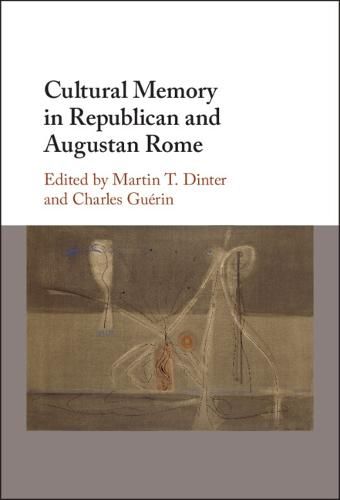Readings Newsletter
Become a Readings Member to make your shopping experience even easier.
Sign in or sign up for free!
You’re not far away from qualifying for FREE standard shipping within Australia
You’ve qualified for FREE standard shipping within Australia
The cart is loading…






Cultural memory is a framework which elucidates the relationship between the past and the present: essentially, why, how, and with what results certain pieces of information are remembered. This volume brings together distinguished classicists from a variety of sub-disciplines to explore cultural memory in the Roman Republic and the Age of Augustus. It provides an excellent and accessible starting point for readers who are new to the intersection between cultural memory theory and ancient Rome, whilst also appealing to the seasoned scholar. The chapters delve deep into memory theory, going beyond the canonical texts of Jan Assmann and Pierre Nora and pushing their terminology towards Basu's dispositifs, Roller's intersignifications, Langlands' sites of exemplarity, and Erll's horizons. This innovative framework enables a fresh analysis of both fragmentary texts and archaeological phenomena not discussed elsewhere.
$9.00 standard shipping within Australia
FREE standard shipping within Australia for orders over $100.00
Express & International shipping calculated at checkout
Cultural memory is a framework which elucidates the relationship between the past and the present: essentially, why, how, and with what results certain pieces of information are remembered. This volume brings together distinguished classicists from a variety of sub-disciplines to explore cultural memory in the Roman Republic and the Age of Augustus. It provides an excellent and accessible starting point for readers who are new to the intersection between cultural memory theory and ancient Rome, whilst also appealing to the seasoned scholar. The chapters delve deep into memory theory, going beyond the canonical texts of Jan Assmann and Pierre Nora and pushing their terminology towards Basu's dispositifs, Roller's intersignifications, Langlands' sites of exemplarity, and Erll's horizons. This innovative framework enables a fresh analysis of both fragmentary texts and archaeological phenomena not discussed elsewhere.